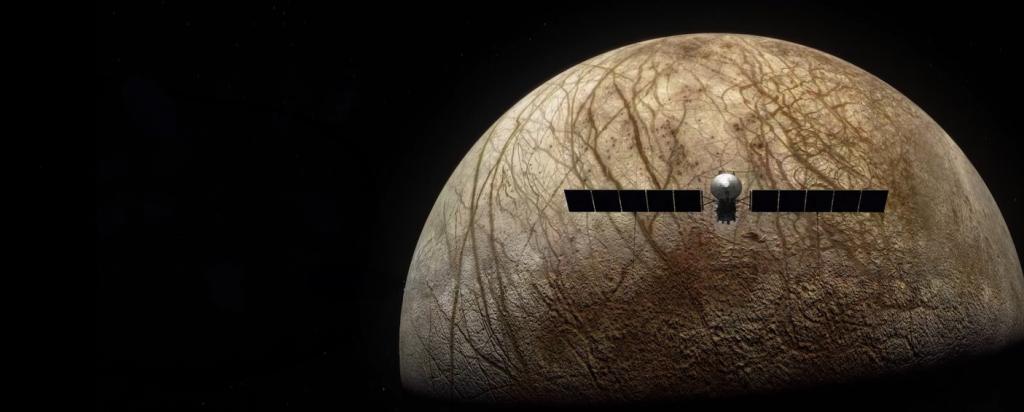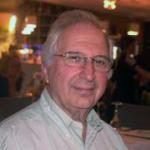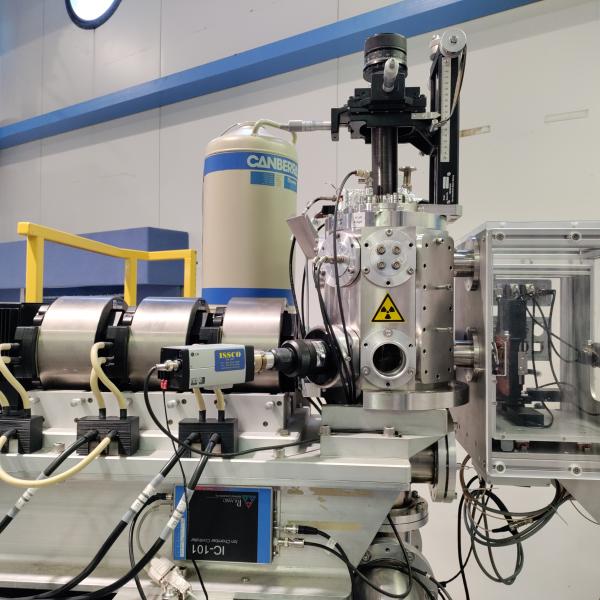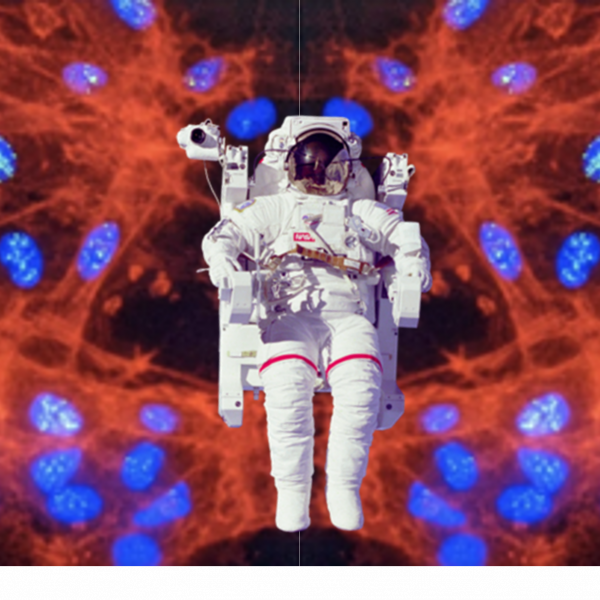

Published on the 24th September 2024 by ANSTO Staff
The nature of Metal-Oxide-Semiconductor Field Effect Transistors (MOSFETs) present a fascinating paradox in space exploration. Their strength in radiation detection becomes their weakness in space operations, exposing an Achilles' heel for NASA. Yet, these same devices monitor radiation doses received by humans – on earth and in space.
These tiny transistors have transformed everything from consumer electronics to advanced scientific applications. They are essential components in radios, MP3 players and iPods, powered satellite communications and now drive the artificial intelligence age. Their unique ability to measure radiation by capturing changes in electrical characteristics when exposed to ionising radiation is critical in both space exploration and cancer treatment.
Australia leads the development of MOSFET-based radiation detectors for radiation monitoring. In recently published work, ANSTO scientists and collaborators showed how four MOSFETs can be used to precisely measure radiation doses that patients receive during Boron Neutron Capture Therapy (BNCT).
Ironically, this property that we rely on for measuring radiation nearly doomed NASA's Europa Clipper mission, due to the risk of radiation damage compromising the operation of its MOFET-based systems. Understanding this dual interaction with radiation highlights the importance of innovative solutions in both space missions and healthcare. It is also a great example of how mission-based research impacts everyday life.
The Versatility of MOSFETs
MOSFETs are a key component in modern electronics. Following Moore's Law, the number of transistors in a circuit has increased exponentially over time enabling more powerful and energy-efficient technologies. Companies like NVIDIA use billions of MOSFETs in their GPUs, such as the A100, which is the backbone of high-performance AI systems. These transistors allow the efficient power management and rapid switching that is necessary for handling the complex operations in machine learning and AI applications,
In jointly published research, ANSTO and University of Wollongong (UOW) researchers used a Quad-MOSFET array to precisely measure radiation quality in boron neutron capture therapy (BNCT). Each MOSFET was coupled to a different moderator (material that interacts with radiation) and measures different energy levels to allow accurate radiation monitoring during treatment.
Another example is the MOSkin dosimeter, developed at the Centre for Medical Radiation Physics at the University of Wollongong. MOSkin is a skin-mounted MOSFET device that provides real-time radiation dose measurements during radiotherapy. This technology is already being used in clinical settings to improve safety and accuracy in radiation treatments.
MOSFETs in Space Exploration
MOSFETs are integral to managing systems and instruments in spacecraft due to their efficiency and low power consumption. However, space environments, especially around Jupiter, expose these devices to intense radiation—a challenge NASA faced with the Europa Clipper mission. Read more

The radiation delivers a harsh cocktail of ionising particles. This radiation can cause single event effects (SEE), where high-energy particles flip a MOSFET's state from "on" to "off," causing them to malfunction. It can also cause total ionising dose (TID) effects, a situation in which radiation slowly degrades the MOSFET's performance by trapping charges and creating defects in the semiconductor material.
Radiation Hardness and Testing
Radiation hardness refers to a device's ability to withstand ionising radiation. MOSFETs for Earth-based applications aren't usually hardened against the intense radiation found near Jupiter. To protect them, design strategies like the use of thicker oxide layers or radiation shielding, are adopted but even these methods may fall short in extreme conditions.
At ANSTO's Centre for Accelerator Science and the Australian Synchrotron, space agencies and aerospace companies test the radiation hardness of their instruments and detectors for space missions to assess how well they will handle these environments.
To address radiation-induced damage in MOSFETs on the Europa Clipper, NASA engineers used annealing, a process where heat is applied to redistribute trapped charges and repair defects. Interestingly, this is the same process applied to "heal" MOSFET dosimeters after their use in hospitals. This step allows them to be reused after radiation exposure during treatments.
The Impact of Mission-Based Research
The story of MOSFETs illustrates a broader principle in science: innovations often lead to applications far beyond their original purpose. Mission-based research, while not solving everyday problems, creates opportunities for scientists and engineers to develop innovative solutions with wide-ranging impacts.
Technologies developed for space missions can find unexpected uses in our daily lives. Memory foam, developed by NASA to improve the safety of aircraft cushions, is found in the sole of running shoes to make jogging comfortable.
Surprisingly, the process works both ways, and everyday inventions can prove invaluable in space exploration. Perhaps the most famous example of this crossover is Velcro – an everyday invention solved a critical problem in space.
Created by a Swiss engineer in the 1940s and inspired by the way burrs stuck to his dog's fur, Velcro has become an indispensable tool for astronauts. It is now the most widely used method for securing items to spacesuits.
Following modification to the MOSFETs, NASA’s Europa Clipper spacecraft is scheduled for launch on the 10th of October.
Thanks to Dr Mitra Safavi Naieini for preparing this article.







